5 Tips for Generating Great Content
Modern organizational websites are in the midst of a renaissance of sorts. Consumers have unprecedented access to information, and they are using it to help make buying decisions. In response, brands have doubled-down on delivering the best customer experience possible by providing their customers with the highest-quality content. The result is a new “golden age” of digital marketing, where consumers expect the best. Is your brand answering the call?

Consistently developing high-quality content is one of the biggest challenges businesses face today. Not only can it be time-consuming, but the benefits are also not immediately apparent and are often only visible over the long-term. This tends to drive organizations to begin neglecting their content, and ultimately it erodes the value of their website. Consequently, this is also what makes content strategy such a powerful tool – businesses that invest in developing high-quality content are rewarded with better search rankings, more traffic and engagement, and more satisfied website visitors.
So how can organizations break this pattern and start creating valuable content? I’ve pulled together five helpful tips that every organization can use to build a thriving content practice.
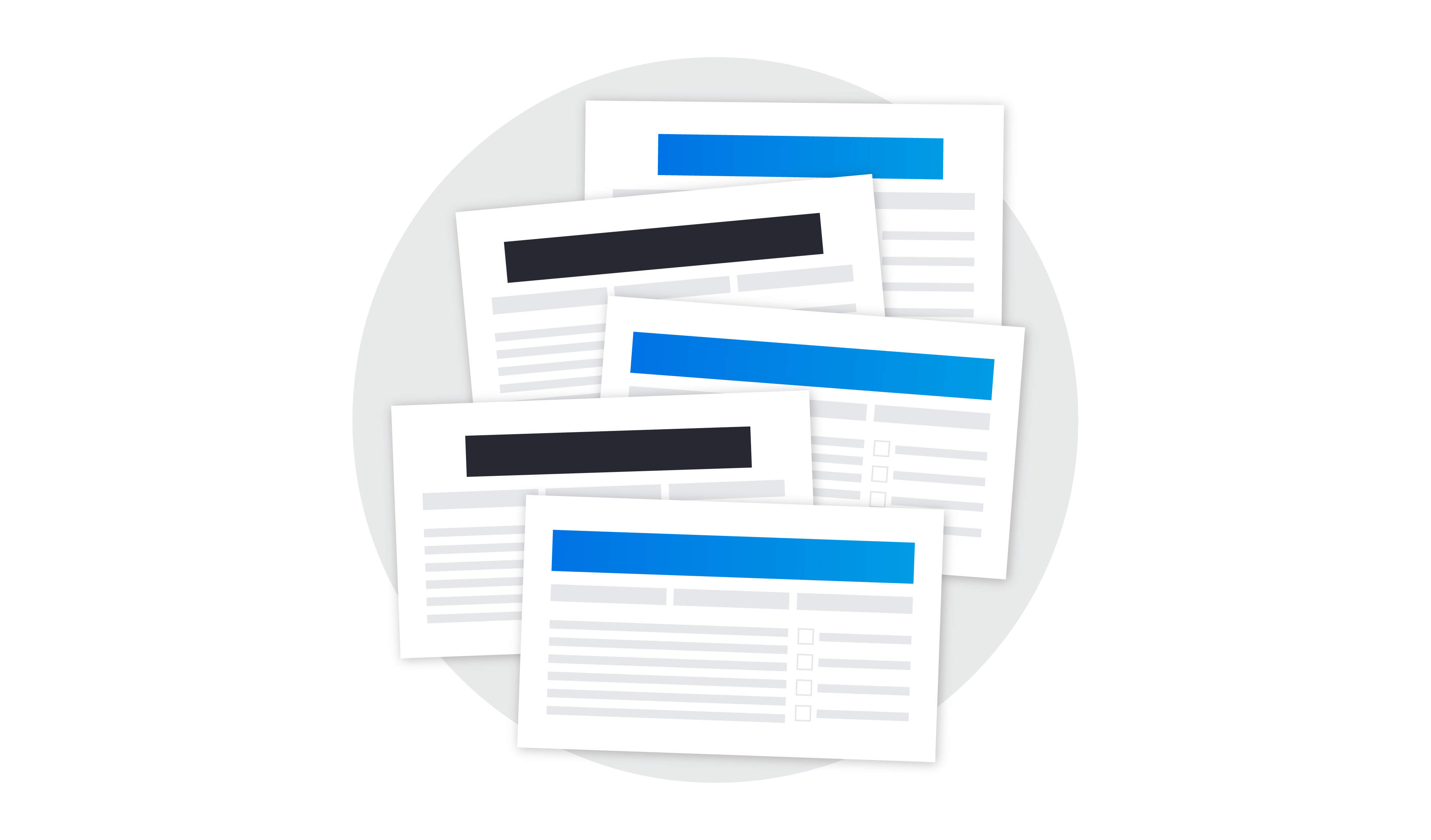
Build a Backlog
Probably the most important tip is to keep a backlog of ideas and regularly update it. A backlog of ideas for new content is the single best way to get your publishing schedule on track. Start getting the creative juices flowing by filling it with some rough ideas, and then go from there. Once you have a fair number of ideas, prioritize the list so that you can begin publishing at regular intervals.
Supercharge this list by including a few key pieces of information. Adding the following extra bits of info will help you manage your overall content strategy, and better prioritize which content to focus on first:
- Headline – Start by writing a headline. This helps you to think from the reader’s perspective and identify what might attract the reader to click. You can even write multiple headlines to represent different approaches to the topic if you are unsure about which direction is best.
- Summary – What is this content about? Briefly summarize the main idea for the content so you don’t forget it when you come back later.
- Content Type – What is this particular piece of content? Is it a blog article, a case study, a company announcement? Try to identify a consistent list of the different types of content you expect to create.
- Estimated Size – How much work will it be to create this content? Will it be a long article or a short one? Using words like “Large, Medium, and Small” or values like 1-5 provide enough detail to be useful.
- Publish Date – Try to set deadlines for when the next few items will get published. You should be able to set some realistic dates for a few of the highest priority items and leave the rest of them blank. This is also a good spot to keep track of firm deadlines for more time-sensitive content to help you prioritize them appropriately.
- Journey Stage – What stage of the buyer’s journey will this content provide the most value? Typical stages are: Awareness, Consideration, and Decision. Determine whether this content is a better fit for building awareness about your product, considering the various competing options, or helping the buyer make a final decision.
- Need/Purpose – What is the primary purpose of this content – is it meant to Entertain, Inform, Persuade, Inspire, or Educate? Different customers respond to content differently based on many factors like: their personality, what stage they are at within the buyer journey, and even how they are feeling today.
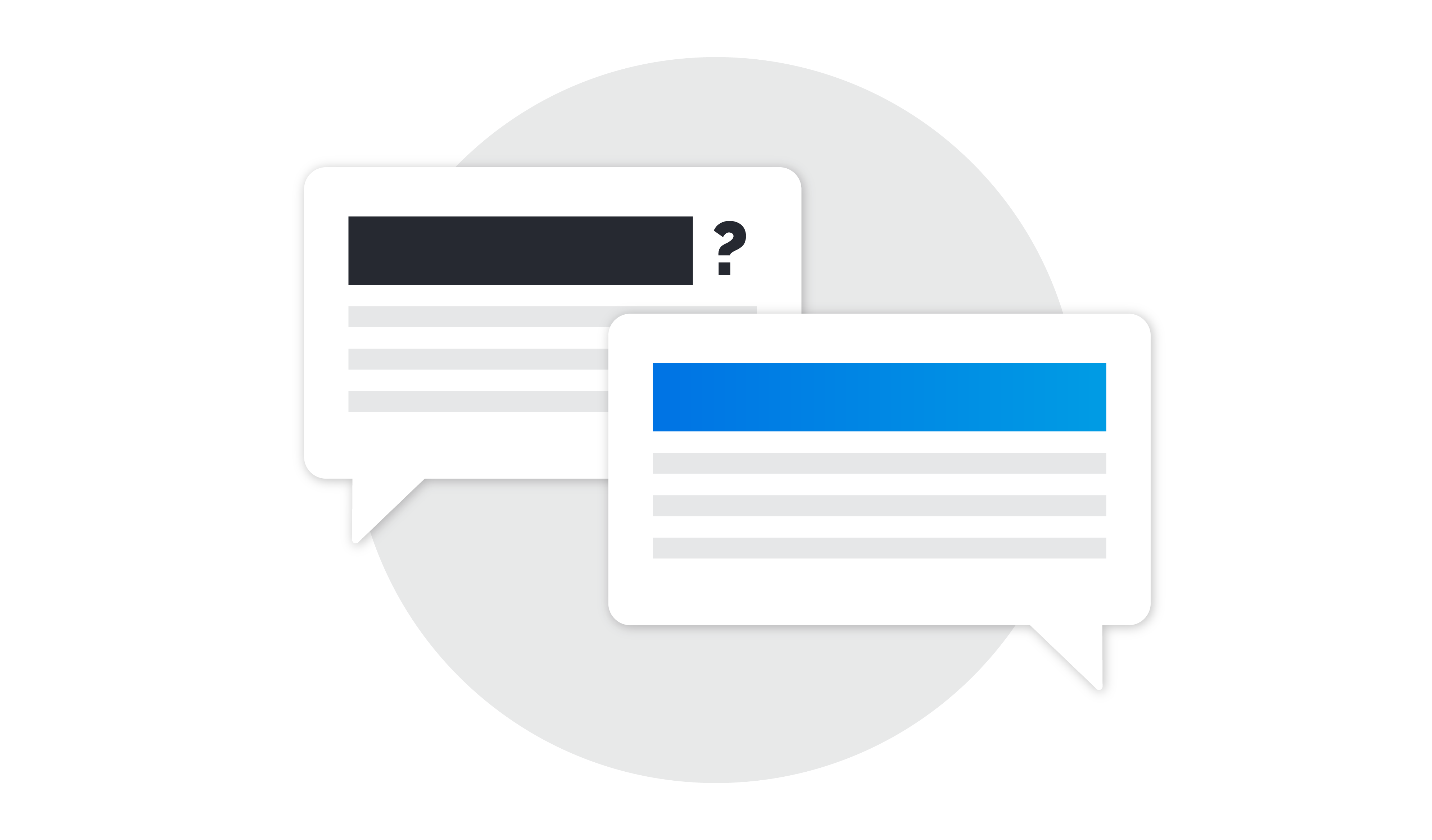
Capture Feedback
What better source for good ideas for material than suggestions from your audience? Try talking to your sales team. Find out what questions customers ask most often, what barriers and challenges they encounter, and what information tends to be the most helpful. Better yet, go straight to the source by talking to a few of your customers or even some of your prospects. A simple survey is a great way to identify potential pain points or unique areas of interest that many of your customers share. Whether this feedback identifies clear, specific ideas for new content, or it just highlights a few common themes, the information you gain will be a great starting-point.
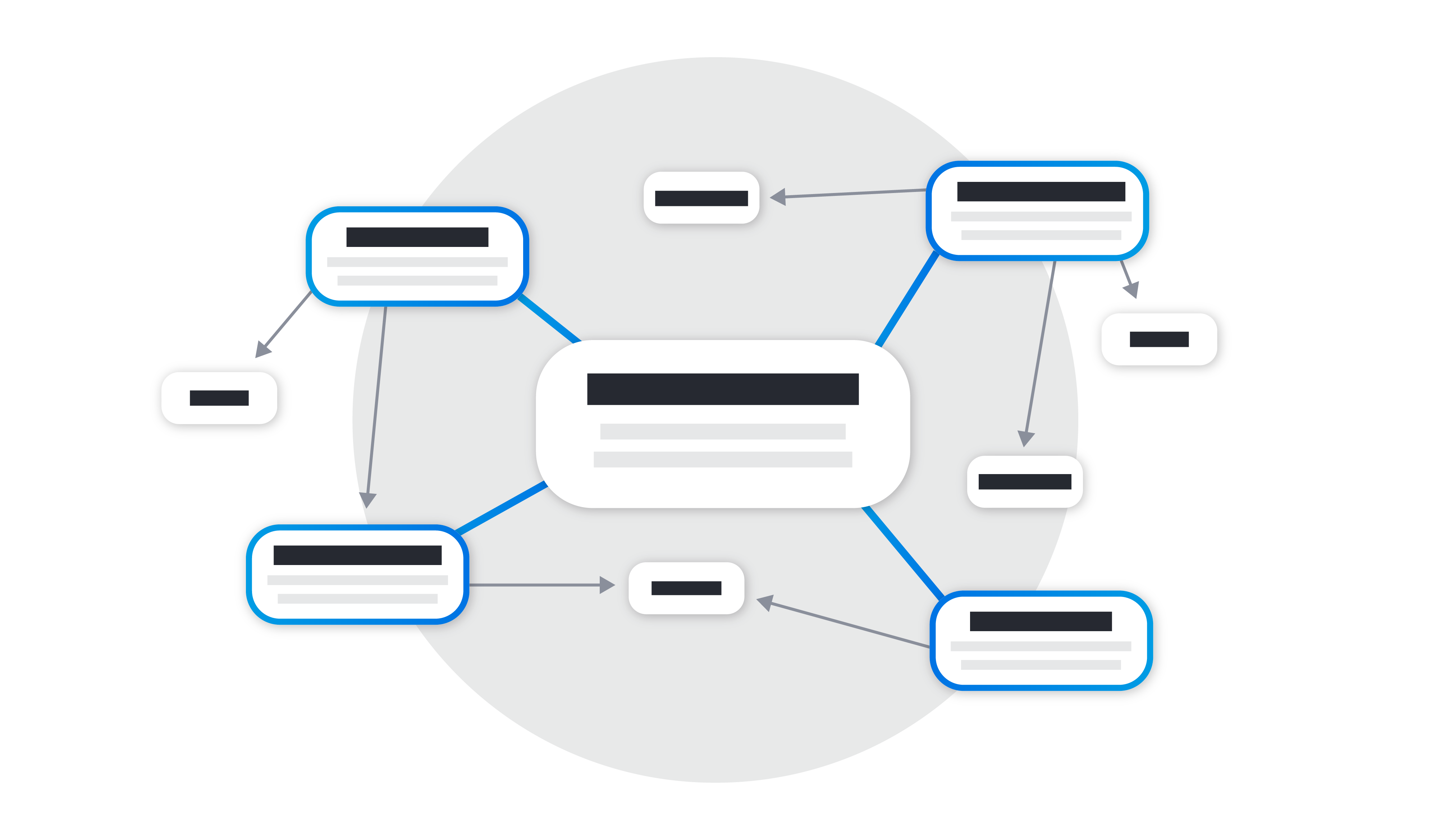
Focus On a Handful of Topics
It’s easy to get into the habit of writing about too many different topics. This is especially true when you’re having trouble figuring out what to write about. Focusing on a more limited set of topics has several major benefits. For one, search engines view websites with a robust collection of content about a specific subject as more credible than those with only a few pages about it. In addition, it can often be easier to generate ideas for new pieces of content with some guide rails in place.
Try identifying just a handful of topics that you are confident your audience cares about, and then focus on building a library of content about each one. Connect these related articles with links from within your content (not just related articles at the bottom). This helps to reinforce this relationship for search engines, and tracking which links readers click on can provide valuable information about the topics that are more appealing to your audience.
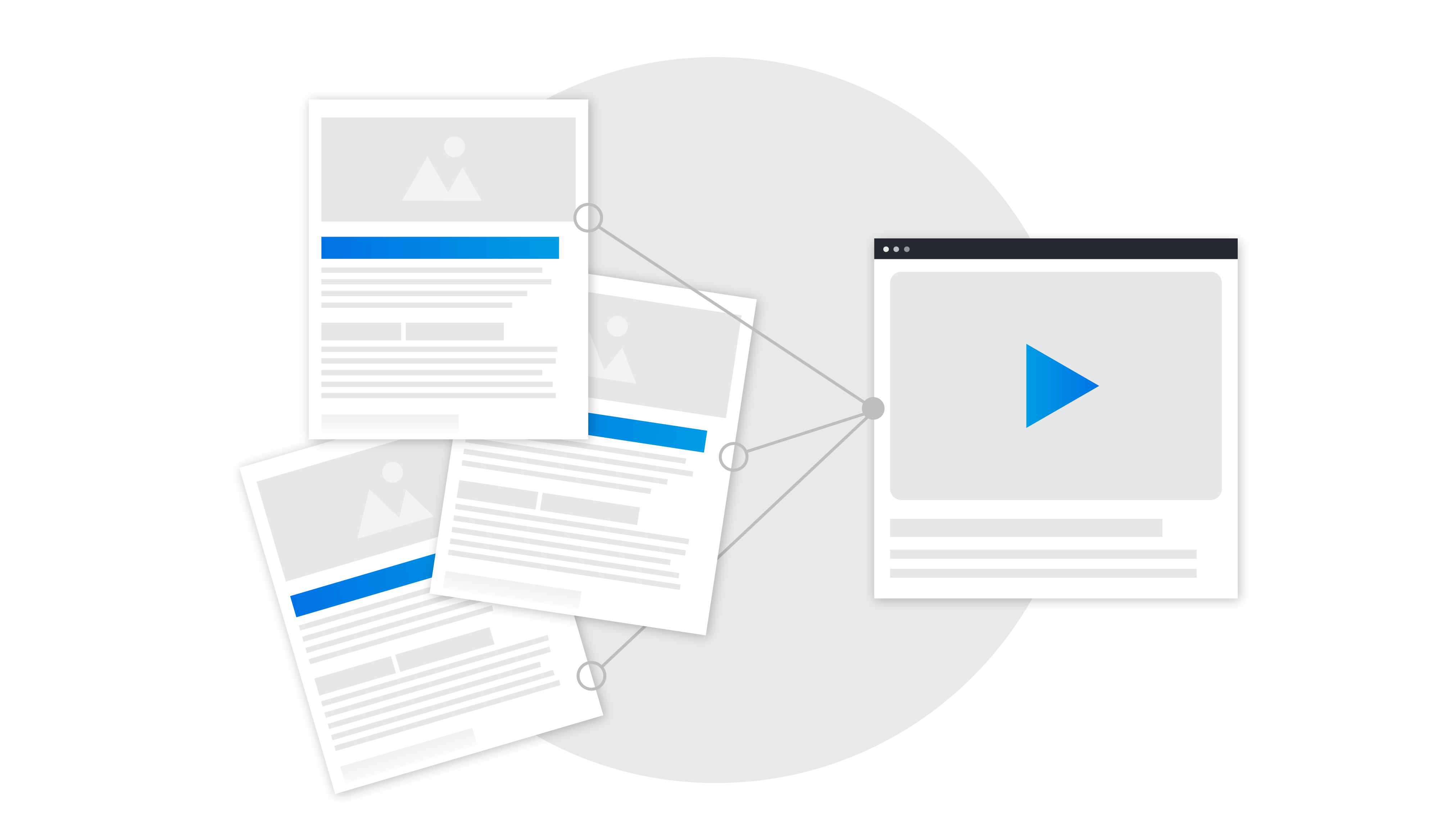
Take Inspiration from Existing Content
For every piece of content, you can often identify additional ideas based on it. Some complex topics are ripe with opportunities to dive deeper and create separate articles about more detailed concepts. This goes the other way, too – when you have one or more articles about very specific but related concepts, try writing an overview that introduces and summarizes them at a higher level.
Sometimes, the content itself might inspire the reader with additional questions that could be addressed. Other times, you might be able to address a topic from varying perspectives – for example, different industries, roles, or job functions. Finally, you can often repurpose content into other formats. A good example of this technique is to combine a few related articles into a single cohesive webinar or video. Be on the lookout for these, and seize the opportunity to add a new idea to the backlog.
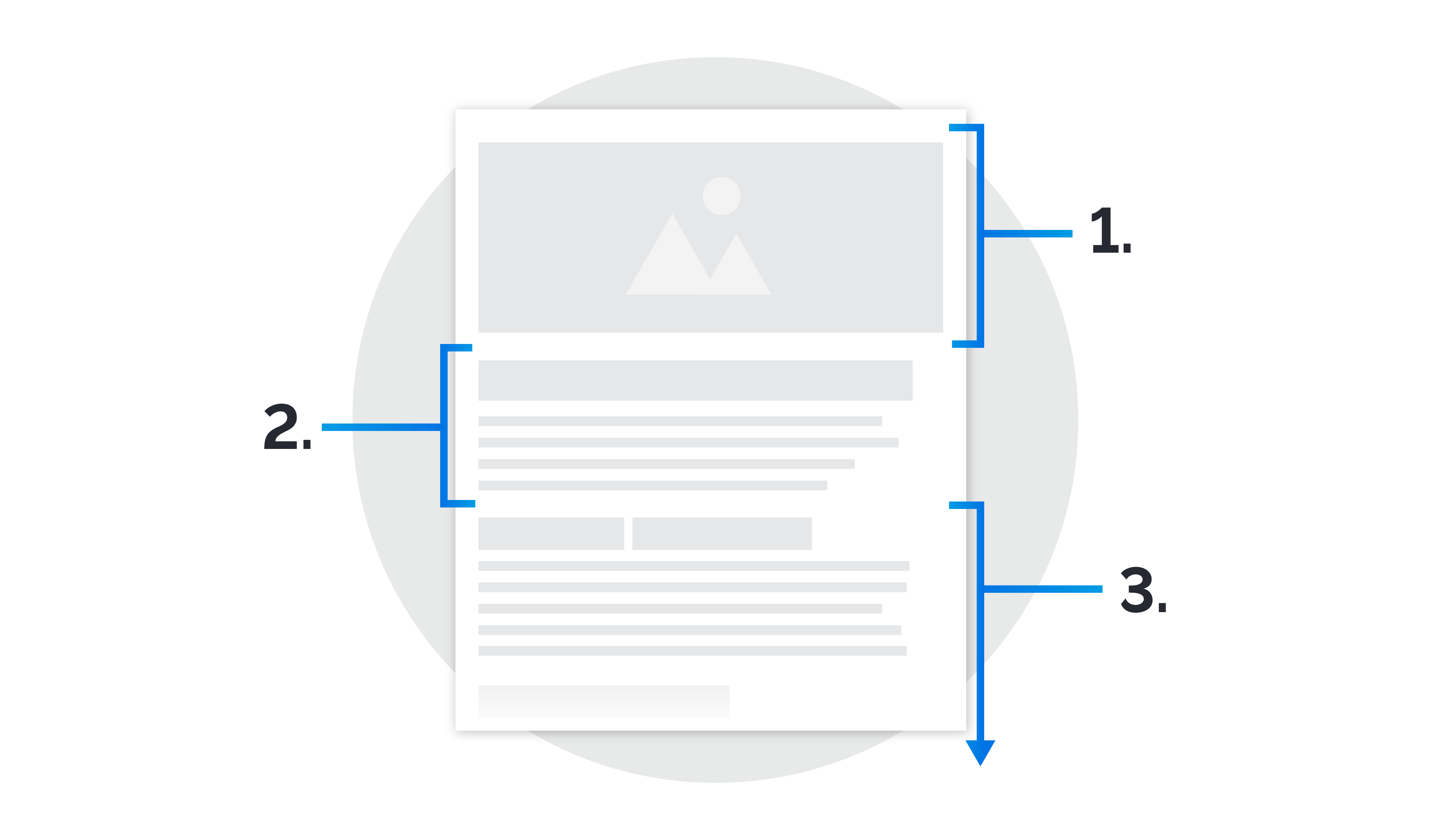
Use Repeatable Formats
A tried-and-true method for boosting productivity is to leverage repeatable content formats or themes. A repeatable format is content that is structured in a specific way or presented in a consistent context. By using a repeatable format, you can more easily generate multiple pieces of content that fit that format. A good example of a repeatable format might be a portfolio item – each portfolio item is formatted similarly, but each one highlights a different project or client. A few other examples could be:
- A monthly round-up of the biggest developments in your industry.
- Ask the Expert – Someone from your organization answers a question posed by real people.
- Tips and Tricks – A series of articles that each highlight how a customer solved a problem using your product.
The key to creating and using a repeatable format is to identify a readily available source of material, and then specify how to present it. First, identify where to find the information you need, or create a process to help you capture it. For example, you might solicit questions for your “Ask the Expert” series on social media or your email marketing list, and then pick your favorite one each week. Then, create a rough template or outline that can be used each time. Try to specify the major sections of the piece, and include approximate target word counts. A simple outline for an Ask the Expert series might look like:
- Introduce the question
- Introduce the expert
- Brief summary of answer (200 words)
- Detailed answer with references (500-600 words)
- Further reading (100 words)
Conclusion
It can be challenging to consistently generate high-quality content. Hopefully these tips will help you find some new ideas and enable you to start publishing regularly. If you found this article helpful, subscribe to our newsletter to be notified about the latest posts. And if you have questions about any of the information here, don’t hesitate to reach out to us .